Celebrate World Migratory Bird Day (WMBD) with us in our virtual “Birds Connect Our World” edition! Have fun learning about a new migratory bird every day. We have colouring pages, puzzles, activities, and more. Download for free and enjoy nature with your family at home. This week we are also celebrating World Shorebirds Day and Global Shorebird Count (3 to 9 September). 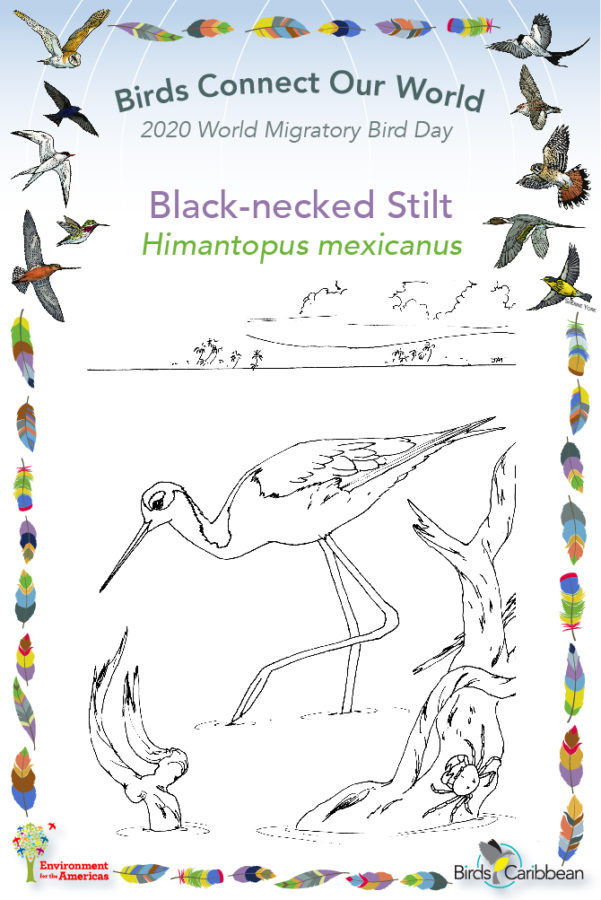
Migratory Bird of the Day: Black-necked Stilt
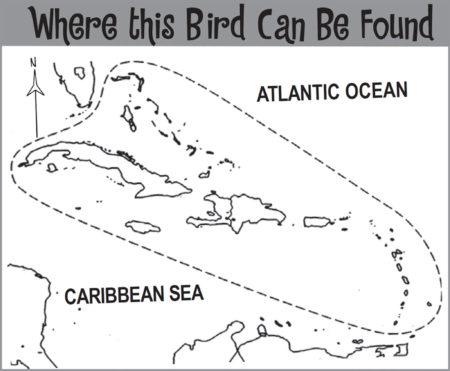 Unlike many shorebirds, the elegant Black-necked Stilt is instantly recognizable. It has very long stilt-like red-pink legs and is bright white with striking black on the head, neck and back. When it flies you can see its long pink legs trailing out behind. It uses its long thin beak to probe for food in mud and water. This group of shorebirds has the second-longest legs, in relation to its body size, of any bird in the word! Only the flamingos beat them.
Unlike many shorebirds, the elegant Black-necked Stilt is instantly recognizable. It has very long stilt-like red-pink legs and is bright white with striking black on the head, neck and back. When it flies you can see its long pink legs trailing out behind. It uses its long thin beak to probe for food in mud and water. This group of shorebirds has the second-longest legs, in relation to its body size, of any bird in the word! Only the flamingos beat them.
This shorebird is resident in the Caribbean and breeds here, especially in parts of the Bahamas, the Virgin and Cayman Islands and Greater Antilles. This means you might see juvenile birds as well as adults. These are often smaller, with paler pink legs, and dark brown, rather than black on their necks and backs. Unlike some of our other migratory shorebirds, Black-necked Stilts may actually become less common in some areas of the Caribbean in the autumn and winter.
When disturbed, Black-necked Stilts are very noisy birds – they sound the alarm with a loud raucous series of notes wit-wit-wit-wit-wit-wit that they give incessantly until the disturbance goes away. Vigilant parents will also dive at predators and feign a broken wing to lead predators away from the nest.
Black-necked Stilts can be found in all sorts of wetlands, inland or by the coast. They use wetland areas to nest as well as to spend the winter. They are very adaptable and will use man-made wetlands such as sewage ponds and rice-fields. They feed by wading through the water, catching aquatic insects, crustaceans and even small frogs and fish! Learn more about this species, including its range, photos, and calls here.
Colour in the Black-necked Stilt!
Download the page from Migratory Birds of the West Indies Colouring Book. Use the photos below as your guide, or you can look up pictures of the bird online or in a bird field guide if you have one. Share your coloured-in page with us by posting it online and tagging us @BirdsCaribbean @WorldShorebirdsDay #WMBD2020Carib #WorldShoreBirdsDay
Listen to the call of the Black-necked Stilt
When disturbed, Black-necked Stilt sound the alarm with a loud raucous series of notes wit-wit-wit-wit-wit-wit that they give incessantly until the disturbance goes away.
Puzzle of the Day
Click on the images below to do the puzzles. You can make the puzzle as easy or as hard as you like – for example, 6, 8, or 12 pieces for young children, all the way up to 1,024 pieces for those that are up for a challenge!
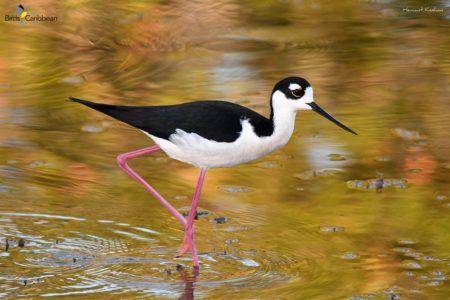
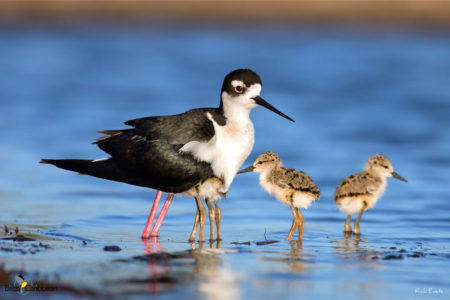
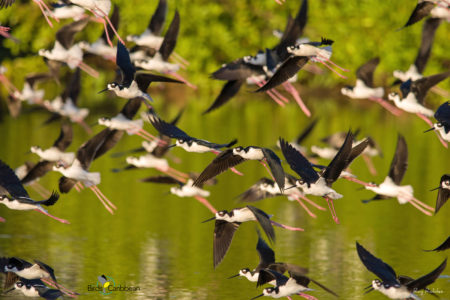
Activity of the Day
FOR KIDS: Today we have reached the end of our celebration of shorebirds in the Caribbean! We have told you about 10 different species of shorebirds. How many do you know? Remind yourself of each on of these amazing birds by playing our Shorebirds Memory Matching Game. Each time you make a match there will be a short paragraph on the species main ID tips. Don’t forget that some of these birds look different in their breeding plumage compared to their winter plumage! Having trouble seeing all 10 pairs on your screen? Just use the drop-down box in the top right of the screen to reduce the number of pairs.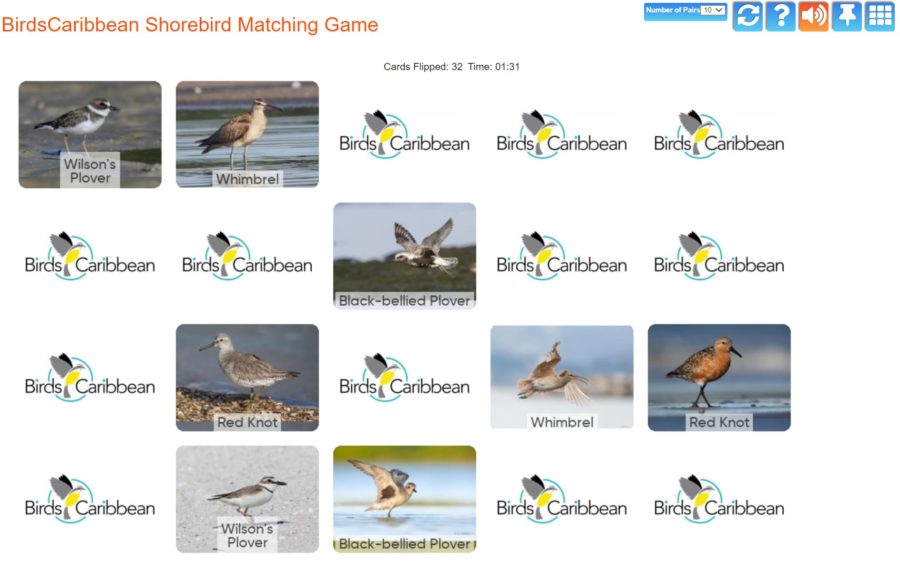 FOR KIDS AND ADULTS:
FOR KIDS AND ADULTS:
- Visit a pond, wetland or nearby beach and see how many different shorebirds and waterbirds you can find and identify. Use a bird field guide or the FREE Merlin bird ID app to help you identify the birds you are seeing.
- If you’re able, do a count of the species that you see – learn more about counting waterbirds and the Caribbean waterbird Census at this link. Learn more about World Shorebirds Day and the Global Shorebird Count (September 3 to 9, 2020) at this link.
- Enjoy the videos below of Black-necked Stilts. In the first one you can see a Black-necked Stilt using it’s long legs to wade into deep water, and plunging in its head to look for food. In the second video a flock of Black-necked Stilts take flight; notice their striking black and white plumage and their long legs trailing behind them!
- Visit MigratoryBirdDay.org for many more free activities and resources to learn about migratory birds, their threats and conservation actions you can take.
